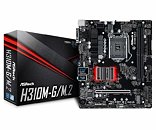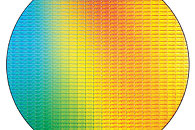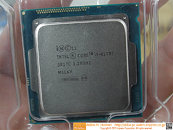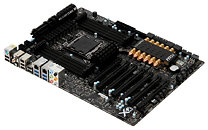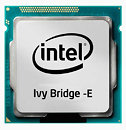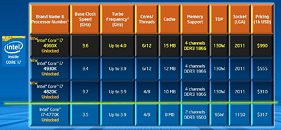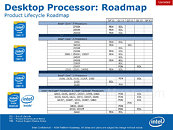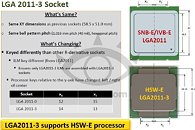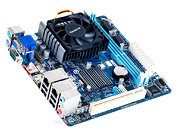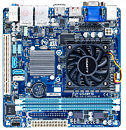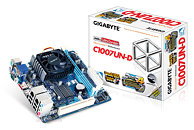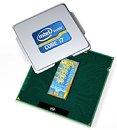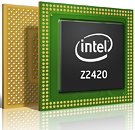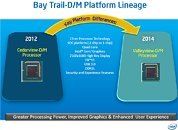
TSMC to Build Intel 14nm Processors and Chipsets
Try to wrap your head around Intel contracting TSMC to build some of its processors! With its own 14 nanometer silicon fabrication nodes under stress from manufacturing several generations of Core and Xeon processors simultaneously, leading to market shortages, Intel is looking to contract TSMC to manufacture some of its 14 nm products. Among these are certain models of its desktop processors, and several 300-series chipsets, including the H310, which are currently fabbed on Intel's last 22 nm node, that's probably being converted to 14 nm.
The TSMC contract appears to be moving faster than expected, with the Taiwanese fab eager to demonstrate its competence to Intel and secure future orders as the company is closer than ever in going fully or partly fabless. According to industry observers, Intel is staring at a 1:2 supply-demand ratio, for the countless chip it's building on 14 nm; which may have forced it to contract some of these chip designs to TSMC. Motherboard vendors expect Intel to sort out its supply issues by the end of 2018, with big help from TSMC.
The TSMC contract appears to be moving faster than expected, with the Taiwanese fab eager to demonstrate its competence to Intel and secure future orders as the company is closer than ever in going fully or partly fabless. According to industry observers, Intel is staring at a 1:2 supply-demand ratio, for the countless chip it's building on 14 nm; which may have forced it to contract some of these chip designs to TSMC. Motherboard vendors expect Intel to sort out its supply issues by the end of 2018, with big help from TSMC.




